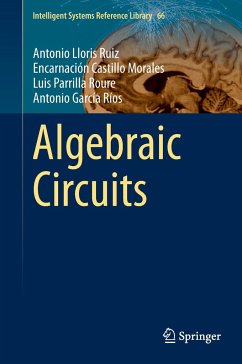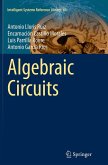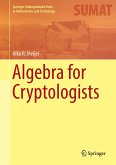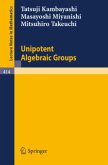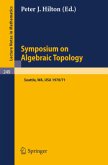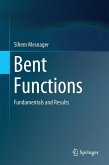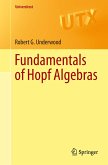This book presents a complete and accurate study of algebraic circuits, digital circuits whose performance can be associated with any algebraic structure. The authors distinguish between basic algebraic circuits, such as Linear Feedback Shift Registers (LFSRs) and cellular automata and algebraic circuits, such as finite fields or Galois fields.
The book includes a comprehensive review of representation systems, of arithmetic circuits implementing basic and more complex operations and of the residue number systems (RNS). It presents a study of basic algebraic circuits such as LFSRs and cellular automata as well as a study of circuits related to Galois fields, including two real cryptographic applications of Galois fields.
The book includes a comprehensive review of representation systems, of arithmetic circuits implementing basic and more complex operations and of the residue number systems (RNS). It presents a study of basic algebraic circuits such as LFSRs and cellular automata as well as a study of circuits related to Galois fields, including two real cryptographic applications of Galois fields.
From the book reviews:
"The book is very dense in the sense that it contains lots of equations and mathematical notations. The more than 100 illustrations and more than 120 tables are therefore very helpful for understanding the subject matter. ... I recommend the book to hardware and software designers, as well as to cryptographers, encoders, and engineers in signal processing, who need a good understanding of the mathematical underpinnings when implementing algebraic circuits." (Klaus Galensa, Computing Reviews, December, 2014)
"The book is very dense in the sense that it contains lots of equations and mathematical notations. The more than 100 illustrations and more than 120 tables are therefore very helpful for understanding the subject matter. ... I recommend the book to hardware and software designers, as well as to cryptographers, encoders, and engineers in signal processing, who need a good understanding of the mathematical underpinnings when implementing algebraic circuits." (Klaus Galensa, Computing Reviews, December, 2014)

